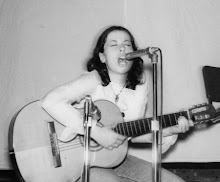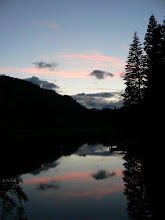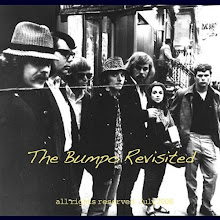For the Fourth of July celebration at Kantishna Roadhouse in 1995, the owner asked me to bake wild rhubarb pies.
Polygonum Alpinum, known as Alaska Wild Rhubarb, grew next to the cultivated garden at Kantishna. It was prolific there, possibly encouraged by Fannie Quigley.
Fannie Sedlacek McKenzie Quigley died at age 73 at Kantishna at her cabin, where she had lived for 38 years. Her ex-husband, Joe Quigley, went back to civilization after a mining accident nearly killed him. In 1906, Fannie had gone to Kantishna for the newest strike. With Joe Quigley, she staked several claims. Fannie and Joe married and mined, trapped and hunted together until they were divorced seven years before her death and Joe moved to Seattle for the company of his younger nurse.
Fannie was known for her skills hunting, butchering and packing out her own game, although she was barely five feet tall.
In 1912, a traveler, Belmore Brown, came to Kantishna and described the delicious meals made by Fannie, who made her pie crust with bear fat and managed to raise a prolific garden at 1,900 feet. The year I was there, much of the garden froze during an August snowstorm.
Fannie made her own corned moose meat, roasted porcupines to succulence, and made jelly from wild berries to be spread on her hot homemade bread. She grew cabbage, cauliflower, radishes, small potatoes, lettuce, onions, even certain types of tomatoes. She made the wild rhubarb into a sauce she served with meat. (I also picked wild blueberries and cranberries when I was there, and baked them into muffins and quick breads.)
Athabascan natives living in the upper Tanana region chewed the raw roots and stems of Alaska wild rhubarb for colds, as reported in "Upper Tanana Ethnobotany," a publication of the Alaska Historical Commission.
According to a 1953 book, "Edible and Poisonous Plants of Alaska," published by the University of Alaska, wild rhubarb leaves and stems were chopped and added to a pudding of flour and sugar, much like domestic rhubarb. Also, the young leaves were mixed with other greens and cooked like spinach.
Arctic Inuit sweetened the juice and made it into a beverage, according to another 1953 book, "Edible Plants of the Arctic." That book also said the stems were stewed and used as a pie filling.
The Inupiat made a dessert with the stored stalks, which were boiled, mixed with cranberries, raisins, dried apples or peaches and eaten as a dessert, according to a 1983 report, "Plants That We Eat," published in Kotzebue for the Maniilaq Association Traditional Nutrition Program .
That report also stated the stalks were "boiled into a sauce and used on cooked fish." Similarly, the fresh, chopped stalks were "mixed with whitefish or pike eggs and livers, oil, and sugar and eaten," and "eaten raw with seal oil and meat or fish."
Wild rhubarb was also boiled, "mixed with oil and sugar and used as a sauce for dumplings, cake or sweet breads."
According to the same report, Alaska wild rhubarb was used like celery and eaten with peanut butter (remember "ants on a log?).
Inupiat people also boiled the leaves and ate them as hot greens. The stalks were boiled and stored in a barrel for winter use.
When I was asked by Roberta to make pies for the Fourth of July celebration, I didn't make the connection with Fannie Quigley, although I knew about her old cabin nearby.
I used my Grandma Smith's Rhubarb Meringue Pie recipe that Fourth of July, as the hollow rhubarb cooked down a lot and had to be stretched to make four or five pies.
This recipe makes one pie:
1 T. butter, 2 cups diced rhubarb, 1 cup sugar.
Melt the butter in a saucepan and add the diced rhubarb and cup of sugar. Cook slowly until the rhubarb softens. Mix 1/4 cup sugar, 2 T. cornstarch, 2 egg yolks and 1/4 cup sweet cream, mix well and add to the hot rhubarb mixture. Cook until thick and poiur into a baked pie shell. Use the egg whites to make a meringue, adding 1/3 cup sugar and a 1/4 tsp. cream of tartar to the two whipped whites. Spread on the rhubarb filling, piling it into peaks, and bake until meringue is light brown.
Cool before serving, and refrigerate any leftovers.
Tuesday, June 1, 2010
Subscribe to:
Posts (Atom)
Pause that refreshes

taken at Trout Lake Arts Fest


















